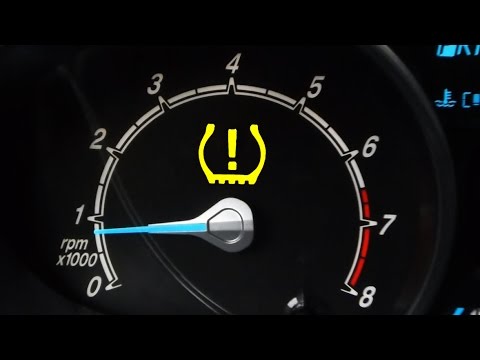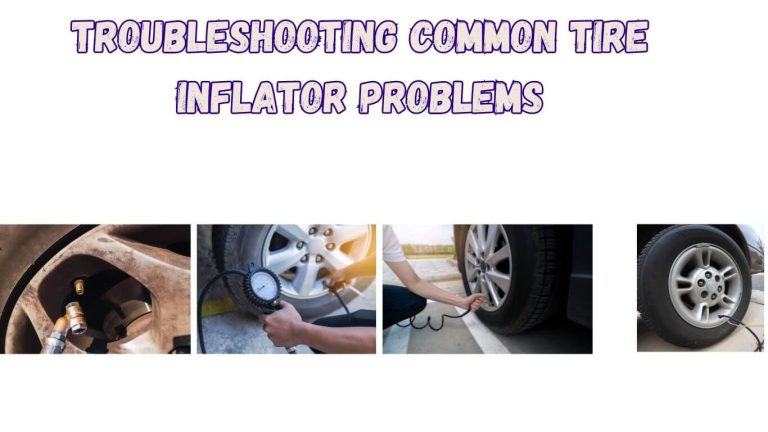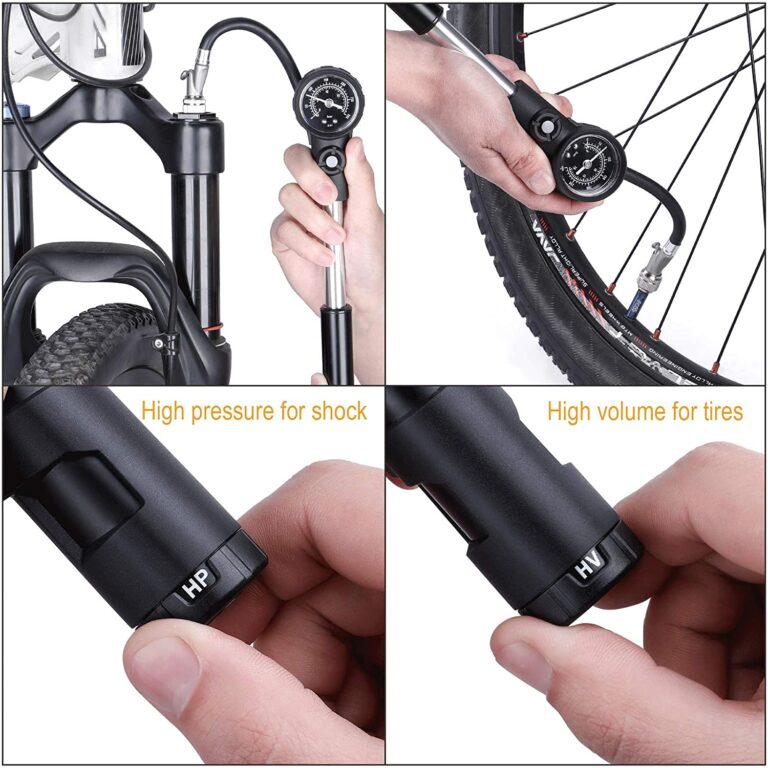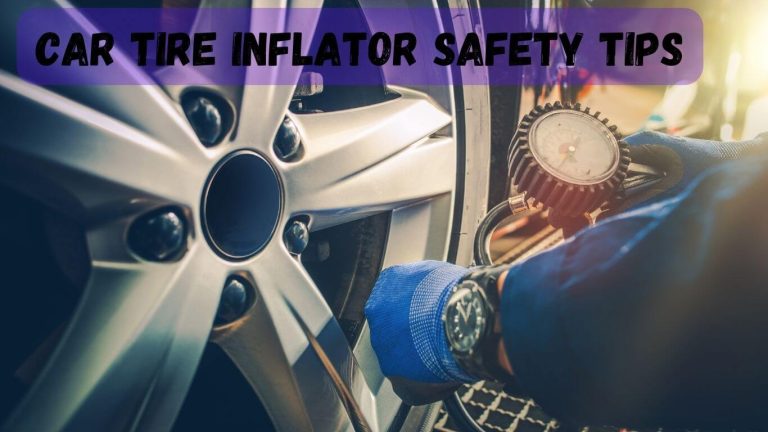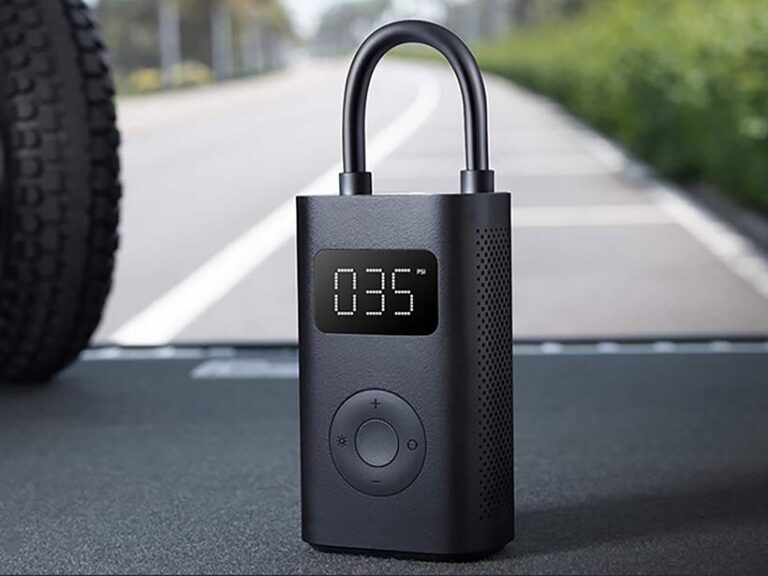Tyre Pressure Monitor Inoperative: Troubleshooting Without Wheel Sensors
Driving down the highway, that dreaded warning light flickered on: “Tyre Pressure Monitor Inoperative.” Panic set in. But what if the problem wasn’t a faulty sensor, but something else entirely? This guide will help you understand why your tyre pressure monitor inoperative message appears even without faulty wheel sensors and walk you through troubleshooting steps, saving you time and money. You’ll learn about potential causes, diagnostic procedures, and solutions, providing a comprehensive understanding of this common automotive issue.
Understanding Tyre Pressure Monitoring Systems
This section will explore how Tyre Pressure Monitoring Systems (TPMS) work, focusing on the different types and their components. We’ll delve into how the system detects low tyre pressure and transmits that information to the driver. Understanding these basics is crucial for diagnosing a “tyre pressure monitor inoperative” message.
Direct TPMS vs. Indirect TPMS
- Direct TPMS: Direct TPMS uses sensors inside each wheel to directly measure tyre pressure. These sensors transmit data wirelessly to the vehicle’s control module. A malfunctioning sensor is a common cause of the “Tyre Pressure Monitor Inoperative” warning. Replacement of the faulty sensor is usually required in this case. This system offers precise pressure readings.
- Indirect TPMS: Indirect TPMS uses the vehicle’s Anti-lock Braking System (ABS) wheel speed sensors to indirectly estimate tyre pressure. If one tyre has lower pressure, it will rotate faster than others at the same speed, triggering the warning light. This system is less precise than direct TPMS.
Components of a Direct TPMS
- Wheel Sensors: These sensors are located inside the tyre and measure pressure. They send signals wirelessly to the vehicle’s control unit.
- Receiver Unit: Located within the vehicle, this unit receives signals from the wheel sensors and processes the data.
- Control Module: This module processes data from the receiver and displays the information on the dashboard.
- Display: The dashboard displays tyre pressure readings and warnings.
Troubleshooting Tyre Pressure Monitor Inoperative: No Wheel Sensor Issues
This section focuses on situations where the “tyre pressure monitor inoperative” message appears despite the wheel sensors appearing to be functional. We’ll cover common causes beyond failing sensors and provide troubleshooting strategies.
Low Battery in the Receiver Unit
The receiver unit, responsible for collecting data from the wheel sensors, might have a depleted battery. This can lead to inaccurate readings or a completely inoperative system. Check the vehicle’s manual for how to access and replace the receiver battery, if applicable.
- Battery Replacement: Many vehicles require a simple battery replacement in the receiver unit. This is often a relatively inexpensive and easy fix. The lifespan of receiver unit batteries can vary, check your vehicle’s manual for replacement guidelines.
- Professional Diagnosis: If unsure about battery replacement, consult a qualified mechanic to avoid damaging the system.
Faulty Receiver Unit
If the battery replacement doesn’t resolve the issue, the receiver unit itself might be faulty. The receiver unit is essential for receiving and interpreting signals from the wheel sensors. If it malfunctions, it can lead to the “tyre pressure monitor inoperative” message.
- Diagnostic Scan: A professional mechanic can perform a diagnostic scan to determine if the receiver unit is the cause of the problem.
- Replacement: A faulty receiver often requires professional replacement.
Software or Wiring Problems
Sometimes, the problem isn’t with the hardware but with the software or wiring. A glitch in the vehicle’s computer system or damaged wiring can prevent the system from functioning correctly. These require specialized tools and knowledge to diagnose.
- Software Update: Your vehicle’s TPMS software may require an update. Consult your car’s manual or a dealership to check for updates.
- Wiring Inspection: A professional mechanic can visually inspect the wiring for any damage or loose connections.
Advanced Diagnostics and Repair
This section covers more advanced diagnostic techniques and repair procedures, including the use of specialized tools and professional assistance. We’ll also discuss the importance of regular vehicle maintenance to prevent such issues.
Obtaining Diagnostic Codes
Many modern vehicles provide diagnostic trouble codes (DTCs) through the onboard diagnostic (OBD) system. These codes offer clues about the source of the problem. An OBD-II scanner can be used to read these codes, providing specific information about the TPMS malfunction.
- OBD-II Scanner: Use a scanner to retrieve the DTCs. These codes can pinpoint the problem area, such as a faulty sensor, receiver, or control module.
- Code Interpretation: Understanding the DTCs requires some technical knowledge. Online resources and repair manuals can often help in interpreting the codes.
Professional Repair
If you’re unable to diagnose the problem, taking your vehicle to a qualified mechanic or dealership is essential. They have specialized diagnostic tools and expertise to accurately identify and fix the issue. Attempting repairs without proper knowledge can cause further damage to the system.
- Dealer Service: Dealership technicians have access to manufacturer-specific diagnostic tools and repair procedures. This ensures a correct repair.
- Independent Mechanic: A reputable independent mechanic can also diagnose and repair TPMS issues, often at a lower cost than a dealership.
Preventive Maintenance
Regular vehicle maintenance can help prevent TPMS problems. This includes regular tyre pressure checks and inspections of the TPMS sensors for any damage or wear. Proper tyre inflation is crucial for optimal performance and TPMS accuracy.
- Regular Tyre Pressure Checks: Weekly checks are ideal to catch low pressure early and avoid damage to tyres. This is a simple and free preventative measure.
- Visual Inspection: Inspect tyres and sensors for visible damage such as cracks or leaks.
Debunking Common Myths About TPMS
This section will address common misconceptions related to TPMS malfunctions and their solutions. Understanding these myths is essential for effective troubleshooting.
Myth 1: A “Tyre Pressure Monitor Inoperative” message always means a sensor is bad.
False. The message can be caused by many things unrelated to the sensors themselves, including low battery in the receiver unit, faulty wiring, software issues, or a malfunctioning control module.
Myth 2: You can always fix a TPMS issue yourself.
False. While some simple issues like battery replacement might be doable, complex repairs, such as replacing the receiver unit or dealing with software/wiring problems, often require professional expertise and specialized tools.
FAQ
What does it mean when my tyre pressure monitor is inoperative?
It means your vehicle’s system for monitoring tyre pressure isn’t working correctly. This can be due to various reasons, including faulty sensors, receiver problems, or software issues. It’s important to address this as under-inflated tyres can affect safety and fuel efficiency.
Why is my tyre pressure monitor inoperative with no visible sensor issues?
The problem might lie in the receiver unit, the wiring, or the vehicle’s software. A diagnostic scan by a professional mechanic might be needed to determine the exact cause.
Can I drive safely with a “Tyre Pressure Monitor Inoperative” message?
While you can technically drive, it’s risky as you lack the crucial information regarding tyre pressure. Under-inflated tyres can cause handling problems, reduced fuel efficiency, and even blowouts. It’s best to get the issue resolved as soon as possible.
How much does it cost to repair a faulty TPMS?
Costs vary depending on the issue. A simple battery replacement in the receiver unit is relatively inexpensive. However, replacing sensors, the receiver unit, or dealing with complex wiring problems can be considerably more expensive.
How often should I check my tyre pressure?
Ideally, check your tyre pressure at least once a month and before long trips. Proper inflation is crucial for safety, fuel efficiency, and the longevity of your tyres.
Is it safe to ignore the “Tyre Pressure Monitor Inoperative” warning?
No. It’s highly recommended to address the warning promptly. Driving with under-inflated tyres compromises safety and can lead to accidents.
Final Thoughts
Dealing with a “tyre pressure monitor inoperative” message can be frustrating, especially when no apparent sensor problems exist. However, understanding the various potential causes, from simple battery issues to more complex software glitches, empowers you to approach the problem systematically. Remember that regular tyre pressure checks and professional assistance when needed are key to ensuring your safety and optimal vehicle performance. Don’t ignore the warning light – address it promptly to prevent more serious issues down the road.

